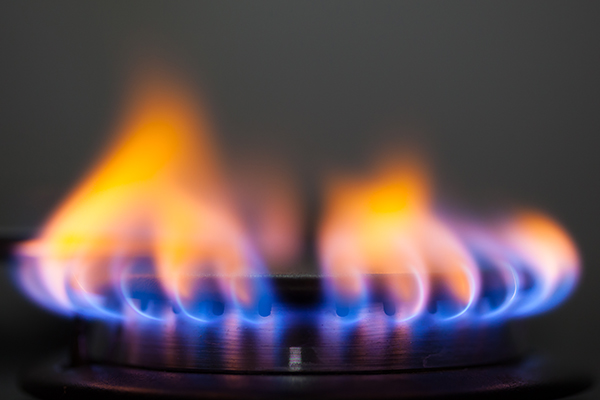Since the cancellation of many Covid restrictions, all around the world the demand for fuel has skyrocketed. In 2020, in the midst of the pandemic and lockdown, people were working from home and did not travel – as a result the demand for fuel plummeted to 5% of normal levels. Now, as economies are cranking up again, energy stockpiles are at an all-time low and demand has increased by 95%, energy prices are going through the roof.
CO2 emissions
According to The Economist, the explosive increase in fuel prices cannot be pegged to one distinctive factor alone; rather, it is a cocktail of circumstances including the pandemic, politics and a cold winter in northern Europe, Asia and North America. One prominent factor is that wealthier countries have agreed to the ambitious plans of the Paris Agreement and hope to reduce CO2emissions to zero by 2050. Many countries have started scaling back their traditional use of dirtier energy resources such as nuclear energy, coal and natural gas. The Netherlands for example, has drastically downsized the use of natural gas, which since the 1960s had been the main source of household energy and the horticulture sector. However, this means that a large investment is necessary in clean renewables such as wind and solar, but this is still lagging behind. Another problem is that since the 1990s, when the energy markets became liberalized, electricity and gas prices are dictated by markets with competitive prices. While countries like the Netherlands may have lofty plans to reduce their dependence on its gas bubble, until cleaner energy sources can fill the demand, countries in western Europe are dependent for 41% on cheap natural gas suppliers like Russia.
Stymied consumer spending
In the Netherlands, households with a flexible variable contract have undoubtedly already noticed the price rise. The monthly gas and electric prices are likely to double in the next couple of months, especially as it is getting colder and households consume more energy. Increased fuel prices will in fact affect many sectors of the economy, including bars, cafes and restaurants. Just as this sector, the hardest hit by the pandemic, is reopening, increased fuel costs will raise prices on goods such as wine, beer and food, another blow to the already faltering sector. With spiking prices for household goods and services, consumers will have less money and the energy crisis is likely to stymie consumer spending and thus the economy in general.
Horticulture sector
Consumers will also feel the spike in increased prices in the supermarket. As the Netherlands is a major agriculture exporter of food products, the higher price for the heating of greenhouses is likely to jack up the price of food products, especially vegetables. According to Lambert van Horen, senior analyst of Fresh Produce at Rabobank, the Dutch horticulture sector consumed approximately 2.4 billion cubic meters of gas for the cultivation of greenhouse vegetables, plants and flowers in 2020, with 0.9 billion square meters generated from natural gas. In 2019, only 9.4% of the energy came from sustainable resources such as geothermal energy and biomass.
Temporary energy crisis?
Hopefully, the current skyrocketing of energy prices will only be a temporary phenomenon. One of the main driving factors of the high prices is the lack of supply. The winter of 2020-21 lasted longer than usual, which meant consumers heated their homes until May, using up all existing fuel supplies from the previous year. Until now, fuel companies have not been able to replenish their fuel stocks, especially as Covid restrictions and the reopening of the economy cranked up fuel demands. Jan-Paul van de Kerke, economist at ABN-AMRO research, predicts that the consequences of energy crisis will only be temporary for consumers. He argues that most households have fixed-price energy contracts and can choose to reduce their energy consumption for a while (e.g. byturning off more lights and putting on an extra sweater). Moreover, the Dutch government will lower the energy tax to compensate households. Furthermore, energy companies will not likely pass on the entire bill to consumers, as they too have fixed energy contracts with their suppliers. In the end, it looks like the current energy crisis will be short-lived. However, that does not mean the transition to sustainable energy sources is over. With 83% of primary energy demands still from fossil fuels, obtaining zero CO2 emissions by 2050 seems science fiction.
Written by Benjamin B. Roberts
